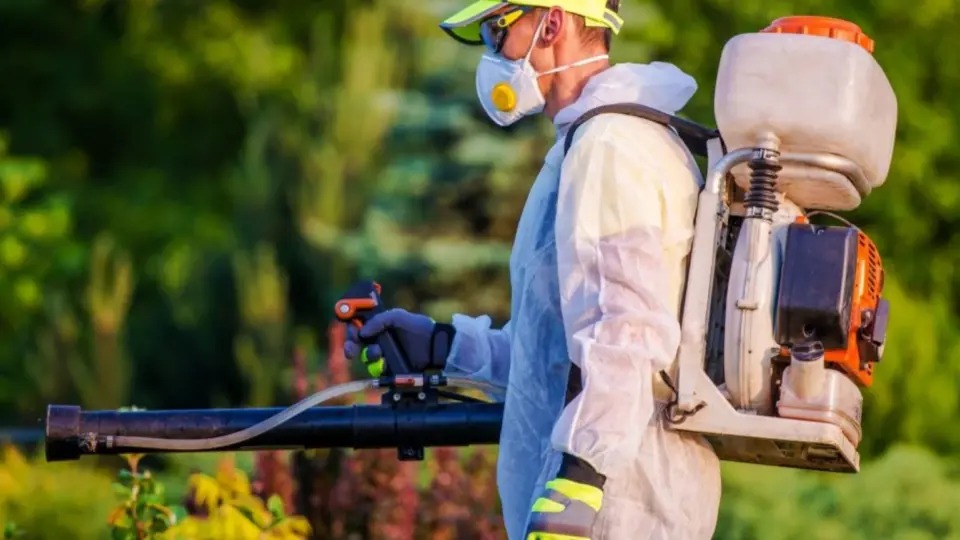Pests don’t just appear at random; their activity is heavily influenced by the seasons. As temperatures rise and fall, different pests become more active, seeking shelter, food, and breeding grounds in homes. Understanding these seasonal patterns is key to staying ahead of infestations and keeping unwanted guests out of your living space.
Each season brings unique pest challenges, from rodents seeking warmth in winter to insects swarming in summer. With a proactive approach, homeowners can take steps to prevent infestations before they start.
Spring: The Season of Pest Awakening
As the weather warms and plants begin to bloom, many pests emerge from hibernation or dormancy, looking for food and shelter. Spring is the time when insect populations begin to increase, and rodents that survived the winter become more active.
Common Spring Pests:
- Ants start invading kitchens and pantries in search of food.
- Termites begin their swarming season, making it crucial to check for infestations.
- Spiders start appearing more frequently as they search for prey.
- Rodents that found shelter in homes over winter may still be present if not properly addressed.
Spring Pest Prevention Tips:
- Inspect the home for any cracks or gaps that may have formed during the winter and seal them.
- Keep food stored in airtight containers to deter ants and rodents.
- Check for signs of termite activity, such as discarded wings or mud tubes along the foundation.
- Declutter basements, attics, and garages to eliminate hiding spots for pests.
Spring is the best time to take preventative action before pest populations explode in the warmer months.
Summer: Peak Pest Activity
With long days and hot temperatures, summer is the busiest season for most pests. Insects thrive in the heat, and many species reach peak population levels. This is also the time when homeowners are more likely to notice spiders and flying pests inside their homes.
Common Summer Pests:
- Mosquitoes breed rapidly in standing water.
- Cockroaches become more active, especially in humid areas.
- Spiders hunt for food, often finding their way indoors.
- Wasps and bees build nests near homes, leading to potential stings.
Summer Pest Prevention Tips:
- Eliminate standing water in gutters, birdbaths, and planters to reduce mosquito breeding sites.
- Keep kitchen areas free of crumbs and spills to avoid attracting ants and cockroaches.
- Check window and door screens for holes and repair them to keep flying insects out.
- Trim vegetation and keep outdoor areas well-maintained to discourage wasps and other stinging insects.
Since summer pests are at their highest numbers, staying vigilant is crucial to keeping infestations under control.
Fall: The Season of Pest Preparation
As temperatures drop, pests begin preparing for colder months. Many insects seek shelter, and rodents look for warm places to nest. Fall is the time when homeowners may notice an increase in pest activity indoors.
Common Fall Pests:
- Rodents begin entering homes to escape the cold.
- Spiders become more noticeable as they seek shelter inside.
- Cockroaches start moving indoors as outdoor temperatures decrease.
- Stink bugs and boxelder bugs cluster on windows and walls.
Fall Pest Prevention Tips:
- Seal gaps in doors, windows, and foundations to prevent rodent entry.
- Store firewood away from the home, as it can attract spiders and other insects.
- Inspect and clean gutters to avoid standing water and potential pest breeding sites.
- Reduce clutter in attics and basements, making it harder for rodents to find nesting spots.
Taking preventive steps in the fall can help reduce the risk of winter infestations.
Winter: The Season of Indoor Invaders
Cold temperatures drive many pests indoors, where they can find warmth, shelter, and food. While insect activity slows down, rodents become more of a problem, and some pests remain hidden until spring.
Common Winter Pests:
- Mice and rats nest in walls, attics, and basements.
- Spiders take refuge in quiet, undisturbed areas.
- Silverfish and cockroaches remain active in humid indoor spaces.
- Bed bugs can spread more easily due to increased holiday travel.
Winter Pest Prevention Tips:
- Keep storage areas organized and free of clutter to eliminate hiding spots.
- Regularly check attics, basements, and crawl spaces for signs of rodents.
- Inspect holiday decorations and firewood before bringing them inside.
- Maintain proper ventilation to reduce humidity and deter pests like silverfish.
Winter is the time to focus on sealing entry points and monitoring indoor spaces for any signs of pest activity.
Year-Round Pest Control Strategies
No matter the season, pests can find a way into homes. Taking a year-round approach to pest control is the most effective way to prevent infestations.
Ongoing Pest Prevention Practices:
- Perform seasonal home inspections to check for entry points.
- Keep food storage areas clean and organized to avoid attracting pests.
- Use natural deterrents like peppermint oil to discourage rodents and spiders.
- Schedule professional pest control services for regular inspections and treatments.
For homeowners looking for comprehensive pest protection, professional services can provide customized solutions based on seasonal pest activity. Habitat Pest & Lawn offers expert pest control strategies to keep homes protected throughout the year.
Final Thoughts: Staying Ahead of Seasonal Pests
Each season brings unique pest challenges, but with the right preventive measures, homeowners can keep infestations at bay. Understanding how different pests behave during each time of year allows for better preparation and long-term pest management.
By sealing entry points, maintaining cleanliness, and staying proactive, it’s possible to enjoy a pest-free home no matter the season. With expert assistance when needed, seasonal pest problems can be managed effectively, ensuring a comfortable and safe living environment year-round.
